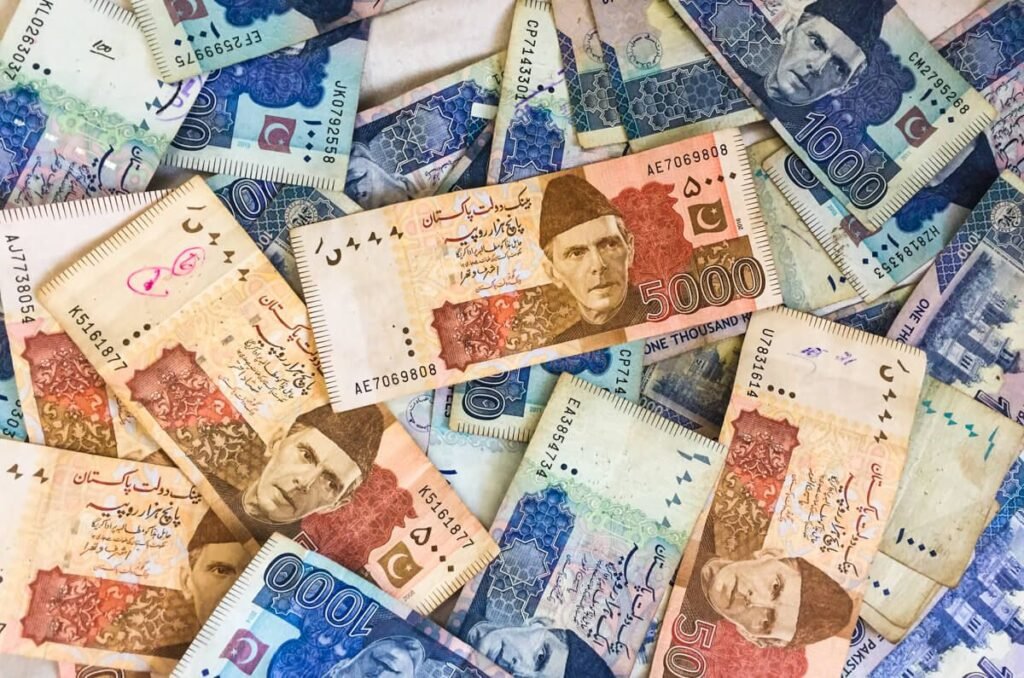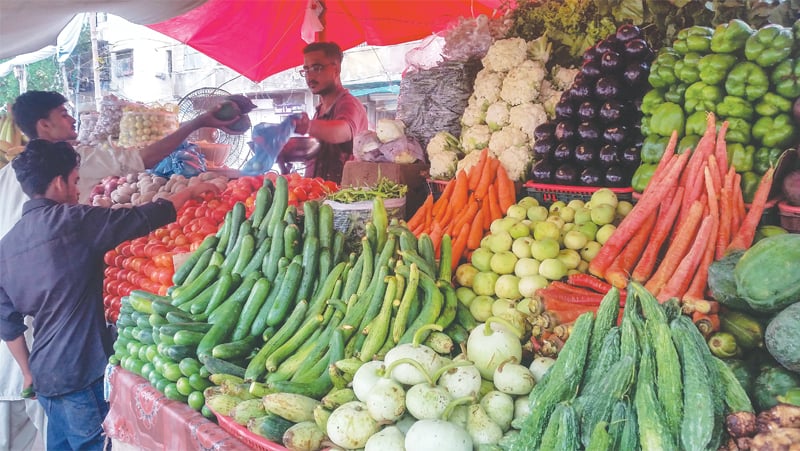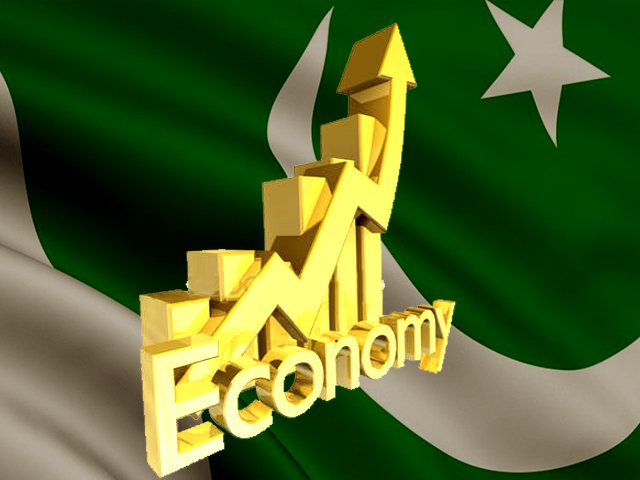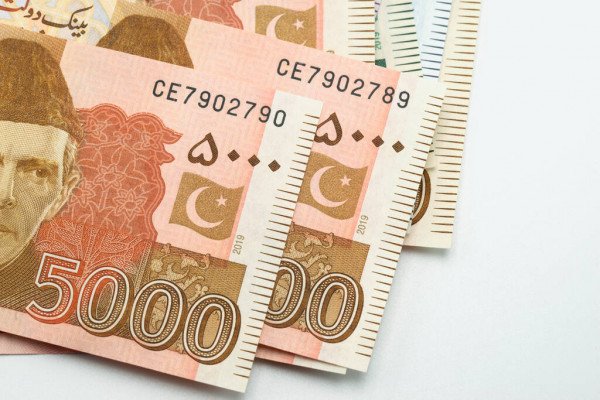ISLAMABAD: PPAF through its 24 Partner Organizations has disbursed 47,774 interest-free loans amounting to Rs 1.71 billion during the month of October 2021. From July 2019 till 31st October 2021, a total of 1,597,513 interest-free loans amounting to Rs 57.02 billion have been disbursed to the borrowers.
Under the National Poverty Graduation Program, 74,547 livelihood productive assets worth Rs 4.5 billion have been transferred to the ultra-poor households till 31st October 2021 while during the month of October, 2,387 livelihood assets of Rs 143.22 million were distributed.
Under the ‘Ehsaas Rashan’ programme, the federal and provincial governments will spend Rs 120 billion to offer food subsidies. The eligible families can purchase three essential commodities, ghee, flour, and pulses at 30 percent lower prices.

The Ehsaas Socio-economic Registry Survey 2021 which has just been completed will be used to identify deserving families for the program. The registration can be carried out through the online Ehsaas Rashan portal: ehsaasrashan.pass.gov.pk.
Finance Division has reported these developments in Monthly Economic Update Nov 2021, released today. Economic Adviser to Prime Minister Shaukat Tarin’s Wing has prepared this outlook.
According to Outlook, Pakistan is on a high growth path and at the same time it is facing a persistent inflationary pressure. The level and degree of persistence of inflation is the consequence of depreciation that followed the previous balance of payments crises, reinforced by the acceleration of worldwide inflation and the exceptional surge in international commodity prices.

These events put a lot of stress on the external accounts, more specifically on the balance in trade of the goods and services and from there on the current account balance. Government aims to alleviate this stress as much as possible by implementing structural measures as well as by demand policy management.
In terms of demand management, fiscal consolidation, while protecting the vulnerable sections of the population from the surge in food and energy prices, is the main objective of fiscal policy. At the same time, SBP is redirecting monetary policy from an accommodative to a more neutral stance.
These measures should contain the current account deficit for the current FY within manageable and financeable proportion. This will also help to adjust pressure on the exchange rate and hence on expected inflation.
Moreover, IMF has also acknowledged that based on available data, the government’s extensive policy response to the COVID 19 pandemic had helped minimize its human and macroeconomic repercussions and thus resulting in a strong economic recovery. External pressures, on the other hand, have begun to materialize, mostly due to the compound impacts of increased economic activity, an expansionary macroeconomic policy mix, and rising international commodity prices. However, due to the measures taken by the government will ease out these pressures in coming months.

The fiscal performance remained strong during the first quarter of the current fiscal year on the back of healthy growth in tax revenues, careful expenditure management and higher provincial surplus. The fiscal deficit narrowed to 0.8 percent of GDP in Q1 FY2022, down from 1.1 percent last year, as revenue growth outpaced the growth in expenditures.
Within revenues, FBR tax collection has witnessed a sharp rise during Jul-Oct FY2022. FBR is highly committed to further improve the tax collection through documentation and maximum taxpayer’s facilitation.
Government is proficiently dealing with COVID-19 challenges through timely effective measures. It has speed up the vaccine process so that the economic activity remains on track without any disruption. While increasing expenditure on priority areas, the government is adhering to a strict spending management strategy. On the one hand, the government has increased the spending on growth-oriented projects, while on the other; it is focusing on bolstering the social safety net through various Ehsaas poverty alleviation programmes. The current fiscal performance reaffirms the government’s commitment to strike a balance between fiscal deficits due to COVID 19 and boosting the growth of the economy, keeping the primary balance at a sustainable level, and protecting social spending.
The government’s efforts to maintain fiscal discipline through an effective revenue mobilization strategy and better expenditure management will continue to aid in further reducing the budget deficit during the current fiscal year.
I am an experienced writer, analyst, and author. My exposure in English journalism spans more than 28 years. In the past, I have been working with daily The Muslim (Lahore Bureau), daily Business Recorder (Lahore/Islamabad Bureaus), Daily Times, Islamabad, daily The Nation (Lahore and Karachi). With daily The Nation, I have served as Resident Editor, Karachi. Since 2009, I have been working as a Freelance Writer/Editor for American organizations.










